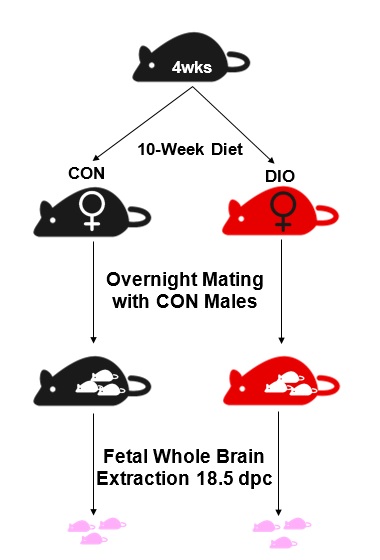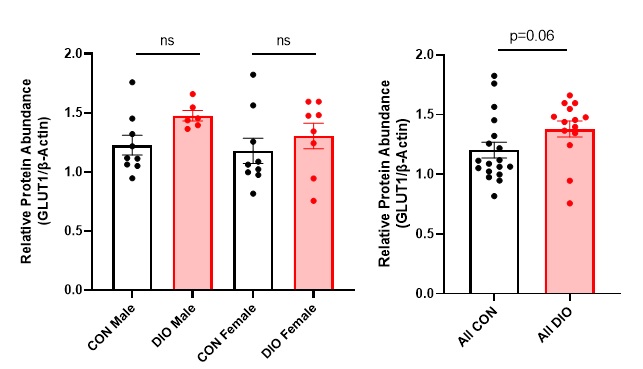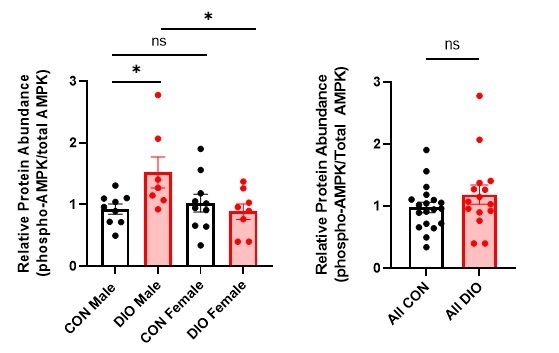Neonatal Neurology: Pre-Clinical Research
Neonatal Neurology 9: Preclinical 3
42 - Effects of Maternal Obesity on Fetal Cerebral Glucose Uptake
Publication Number: 42.435

Tyler King, D.O. (he/him/his)
Clinical Fellow
Washington University in St. Louis School of Medicine
Saint Louis, Missouri, United States
Presenting Author(s)
Background:
Nearly 40% of women are obese when entering pregnancy. Emerging evidence suggests that the maternal environment in utero has lasting impact on offspring neurodevelopment. Glucose is the primary energy source in the brain and is highly regulated by facilitative diffusion glucose transporters (GLUTs). Rodent studies show that cerebral GLUT expression increases rapidly after birth, reflecting the glucose need during brain development. Our understanding of how maternal obesity affects perinatal cerebral glucose metabolism is limited.
Objective:
To identify the effects maternal obesity has on cerebral glucose transport in the term fetus using a murine model. We hypothesized that maternal obesity is associated with decreased expression of key GLUTs and dysregulated energy sensing mechanisms in the fetal brain.
Design/Methods: The experimental design is summarized in Figure 1. Four-week-old C57BL/6J female mice were fed either a control chow (CON; 13.2% fat, 62% carbohydrates [3.2% sucrose]) or an obesogenic chow (DIO; 59.4% fat, 26% carbohydrates [17% sucrose]) for 10 weeks prior and throughout pregnancy. Males used for mating were fed the control chow diet. Maternal weight, serum cholesterol and glucose tolerance were determined prior to and during pregnancy. Dams were sacrificed on 18.5 days post coitus (dpc) and fetal brains (one female and one male per dam) were immediately extracted and flash frozen. Whole brain total protein was then isolated and GLUT1, GLUT3, GLUT4, phosphorylated-AMPK and total AMPK protein abundance were quantitated using Western immunoblot technique. b-actin was used as the loading control.
Results: Average fetal number at 18.5 dpc did not differ by maternal diet (7.5 for CON vs. 7 for DIO, p=0.59). Fetal weight was lower in the DIO compared to CON group (1.17 g vs. 1.35 g, p=0.001). GLUT1, GLUT3 and GLUT4 protein expression did not differ by maternal diet, although there was a trend toward significant higher GLUT1 expression in DIO offspring (p=0.06, Figure 2). AMPK phosphorylation was higher in fetal DIO males compared to fetal CON males (p=0.02) and fetal DIO males compared to fetal DIO females (p=0.02, Figure 3).
Conclusion(s): Maternal obesity resulted in significantly increased AMPK phosphorylation in male fetuses on 18.5 dpc without significantly affecting GLUT abundance. These data suggest increased cerebral glucose demand in male fetuses from DIO dams. Further evaluation of GLUT expression and energy sensing pathways are needed beyond the fetal period to understand full impacts that maternal obesity has on offspring cerebral glucose metabolism.


